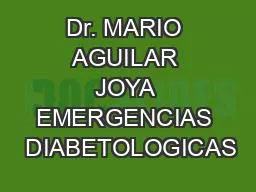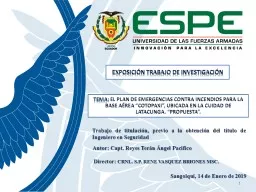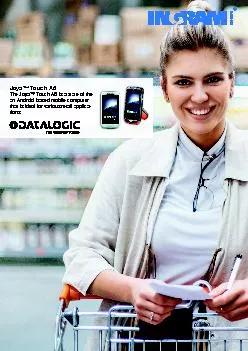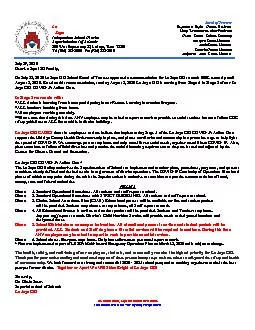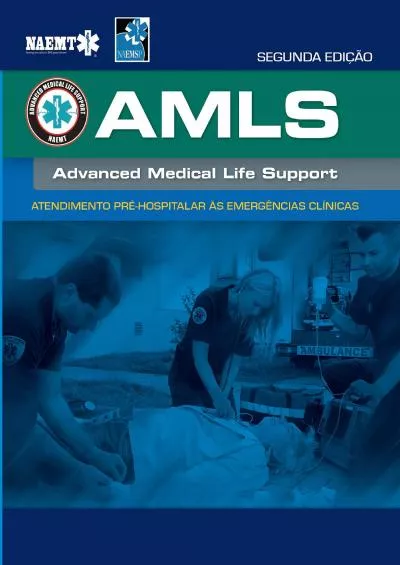PPT-Dr. MARIO AGUILAR JOYA EMERGENCIAS DIABETOLOGICAS
Author : haroublo | Published Date : 2020-11-06
CRISIS HIPERGICEMICA Anion Gap Na K HCO3Na Cuerpos Cetonicos 3 Beta Hidroxibutirato Acetona Aceto Acetato Osmolaridad Sérica 2 Na Glicemia 18 NU
Presentation Embed Code
Download Presentation
Download Presentation The PPT/PDF document "Dr. MARIO AGUILAR JOYA EMERGENCIAS DIAB..." is the property of its rightful owner. Permission is granted to download and print the materials on this website for personal, non-commercial use only, and to display it on your personal computer provided you do not modify the materials and that you retain all copyright notices contained in the materials. By downloading content from our website, you accept the terms of this agreement.
Dr. MARIO AGUILAR JOYA EMERGENCIAS DIABETOLOGICAS: Transcript
Download Rules Of Document
"Dr. MARIO AGUILAR JOYA EMERGENCIAS DIABETOLOGICAS"The content belongs to its owner. You may download and print it for personal use, without modification, and keep all copyright notices. By downloading, you agree to these terms.
Related Documents

